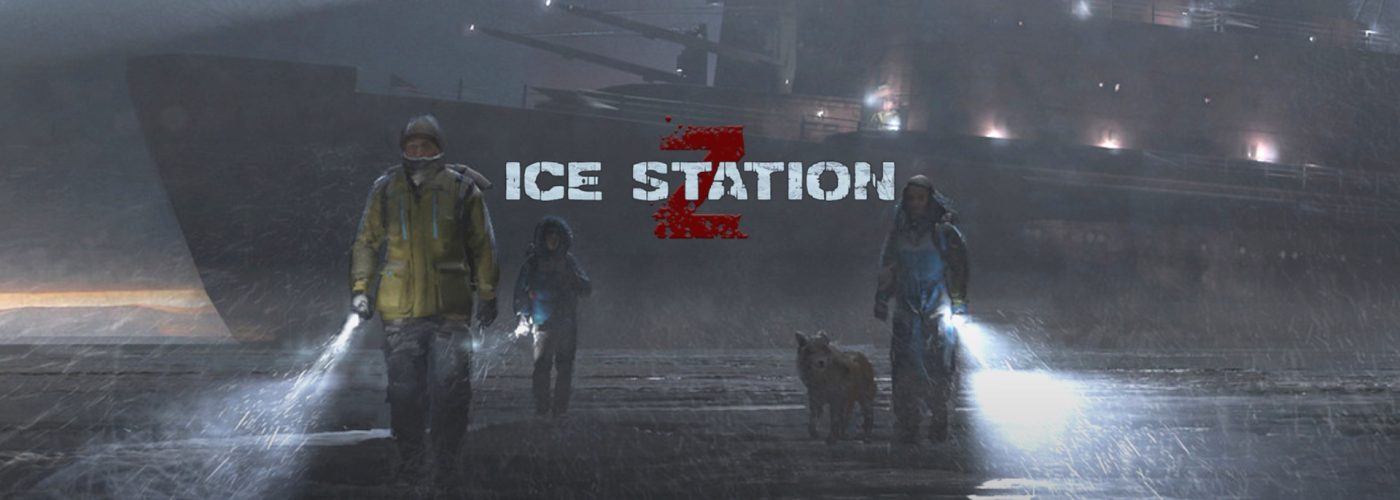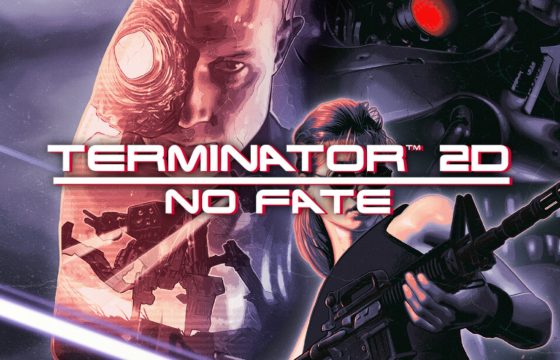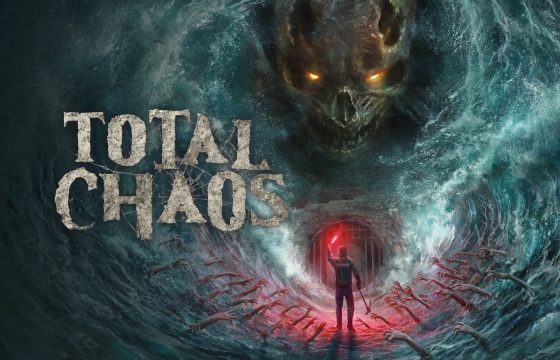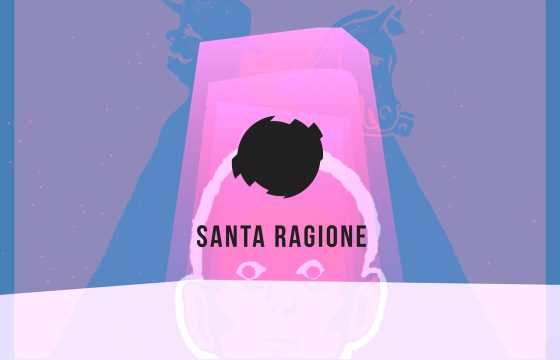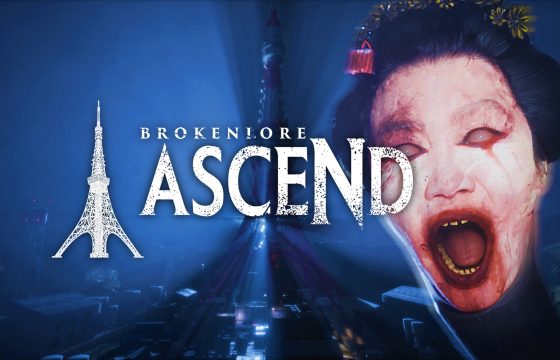Enough with triple-As, it’s time for triple-Zs
Lost in the middle of an Arctic island, with the only purpose of staying alive as long as you can. This is Ice Station Z.
A title that challenges players’ survival instincts, through a nice amount of obstacles.
Zombies, bad weather, dehydration, starvation, or other players with the same problems and a better gun.
Yet that is not all.
Wobbly Tooth has not only produced a low-cost indie survival horror open world.
They have also left it chock-full of bugs and glitches that make the experience even more hallucinating.

Glaciers and glitches
How many video games have been a real challenge recently?
I’m not talking about willingly accepting a rule system and properly managing the resources the game provides.
Today I’m talking about nonsense plots and zero tutorials, graphics that are hostile to proper gameplay, and that magical moment when exploits become an integral part of the overall experience.
Today I am talking about Ice Station Z.
Released in 2016 on the Nintendo 3DS, it ended up in my collection because of its ridiculous price (I’m not ashamed: I paid it 0.99€). Aesthetically I could place this title in 1990.
I still can’t explain it accompanied me for about 30 hours of play.
In 2021 Wobbly Tooth decided to move to Nintendo Switch, PlayStation 4, and Microsoft Windows, still around the price of a coffee.
How not to be tempted by the graphical rework; yet I already knew it would be a disaster.
A splendid disaster.
Day 1
The gameplay would like to trace an established open world genre populated by zombies where, however, the environment always holds its own.
Cold, hunger, and dehydration force the player to constantly move around, shifting between the various locations of a map balanced pretty well for an indie game.
Finding better clothing, weapons for defending or hunting, and means of transportation is satisfying, with a good dose of RNG added by random items respawn.
Zombies have the purpose of increasing the thrill of the early moments of the game, when ammos are limited and there are few recovery tools.
Later they become only a secondary nuisance that entices the players to spend more time on online servers, where danger lies in the presence of other players.
Artic bases hidden among the ices are a nice memory test and they make good reward as exploration.
To accomplish various routine actions (sleeping, recharging the gps, collecting wood…) there are small mini-games that would like to mimic quick time events. In the long run they are quite repetitive.
The action is never striking, in fact rather flat.
There are no objects that can unbalance the gameplay, and there are no goals other than survival.
The fun of the first hour is likely to turn very soon into boring exploration/gathering clichés.
Yet there are elements beyond the developers’ control that make this game a little trashy gem.

Bug Station Z
Every element of this title, right from the opening screen, has a multitude of bugs and glitches.
Their constant occurrence makes them an integral part of the game, and their management becomes the matter of gameplay.
The loading screen, for example, can fail to reproduce the player’s position, decreeing instant death.
If a player who has just died closes the software to bypass the save system he can keep his inventory intact.
Returning to particular routes and saving only at certain locations can provide a virtually unlimited supply of fuel.
Traveling on means of transport makes invulnerable, if you know how to interact with the terrain, for the scripting is perhaps the worst in video game history.
To make a long story short, the player will soon find himself at the mercy of the effects of naive and crude programming.
This means abandoning all pretense of realism, but also moving into a true wilderness, where the more experienced are guaranteed a better chance of survival.
Man Vs Machine
It’s no longer about shooting blue-dressed zombies that stop chasing you after fifteen seconds (they have a timer, I swear, it’s hilarious).
The ultimate challenge becomes flying in a helicopter without incurring the wrath of an angry and offended Unreal Engine.
The race is no longer about achieving a goal set up by rules of a shared game.
This title is a true CPU VS PLAYER madness, in which every exploitable cheat is admissible in order to stay alive.
Ice Station Z has this wild charm; the same as those retro titles where the stumbling block was the AI itself.
Cheating to defeat the machine programmed to cheat is a sweet sweet victory.
It has been since the days of Mortal Kombat and Metal Gear Solid with the damn input reading of Psycho-Mantis. In order to beat the game, you needed to think outside of its scheme.
That’s why Ice Station Z has captured my sympathy, despite the fact that its quality objectively leaves something to be desired.
Goat Simulator Z
I feel like the experience of wandering aimlessly on a zombie-infested Arctic island is good, at least while the price remains so affordable.
Ice Station Z is nevertheless a genuinely indie title, and the multiplayer is often a lot of fun with friends.
I estimate its longevity at around 5 hours of gameplay, to mediate between those who will be grossed out by its repetitiveness and those like me who will want to memorize any single respawn site on the map.
This is not a must-play game, but certainly one of the few decent open worlds on the indie scene.
An enviable achievement for Wobbly Tooth, only active on Twitter at the moment.
Their main site is buggy.
Coincidence?
I don’t think so.
ICE STATION Z: Indie open world is frozen
PRO
- Cheapest open world out there
- Good Multiplayer
- Hilarious bugs and glitches
CON
- Tends to be repetitive
- You get what you paid for
- Buggy as hell

